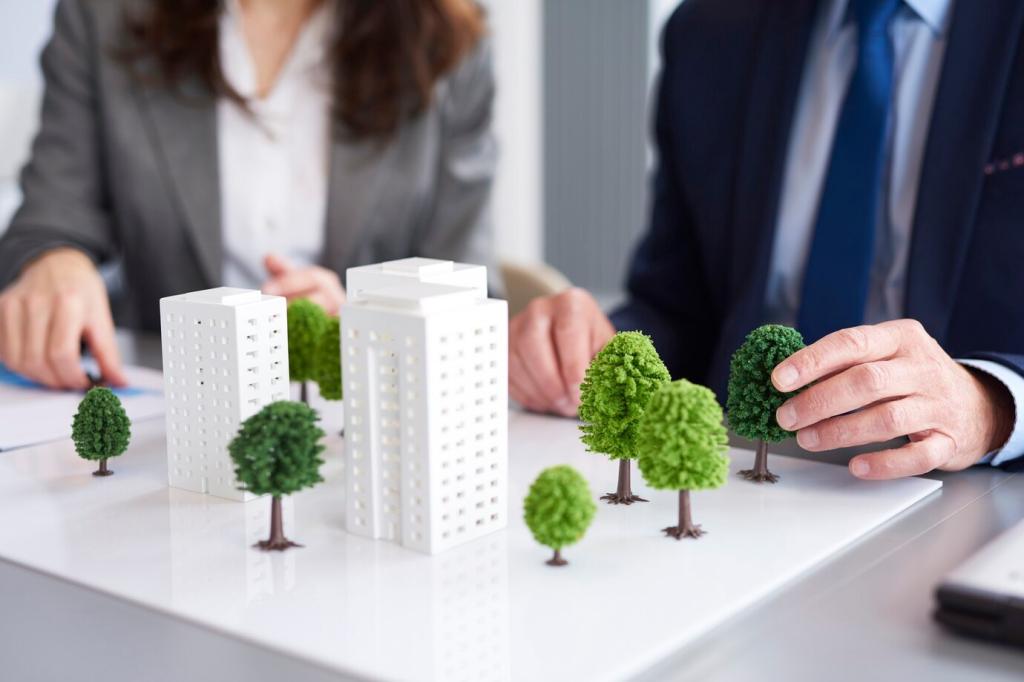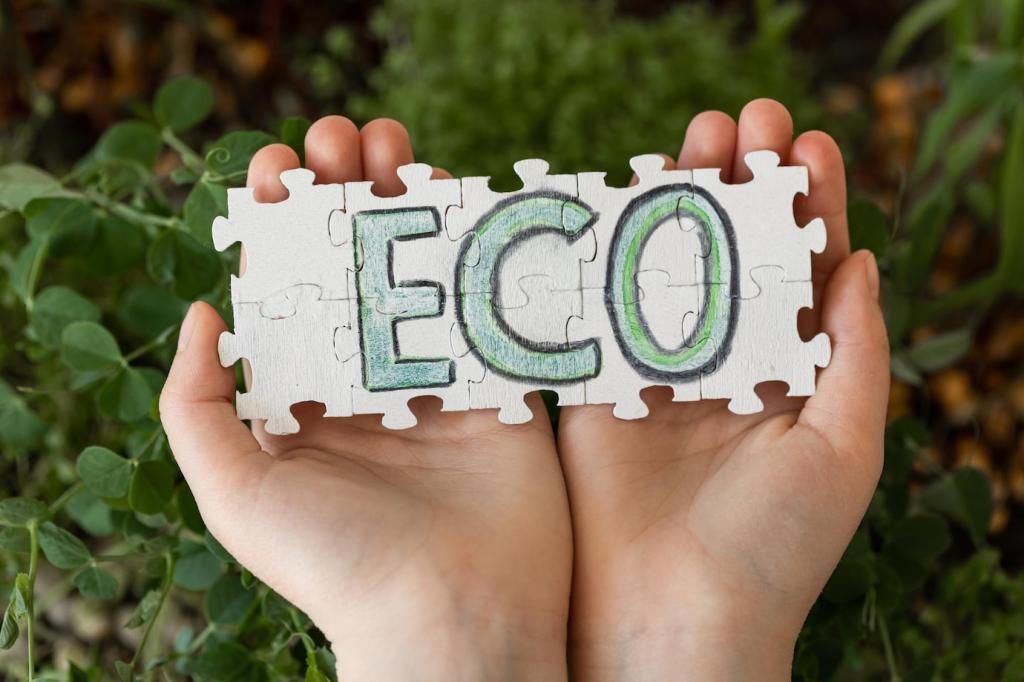Green Premiums and Market Momentum
Across many cities, verified energy performance and certifications like LEED, BREEAM, or ENERGY STAR correlate with tighter cap rates and faster lease-up. Investors lean toward buildings with lower operational risk, transparent data, and credible third-party validation that signals durable cash flows.
Green Premiums and Market Momentum
Corporate tenants pursuing ESG targets now shortlist efficient, low-carbon spaces as a baseline, not a bonus. As these expectations become embedded in procurement policies, assets without visible sustainability attributes risk longer vacancies, heavier concessions, and weaker negotiating leverage during renewals.
Green Premiums and Market Momentum
Have you seen green premiums in your neighborhood comps or weekly broker blasts? Drop a note with city, certification, and rent delta observations. Your insights help readers benchmark what is truly moving the needle in comparable submarkets.
Green Premiums and Market Momentum
Lorem ipsum dolor sit amet, consectetur adipiscing elit. Ut elit tellus, luctus nec ullamcorper mattis, pulvinar dapibus leo.






